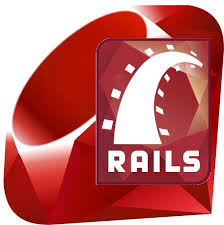About Brian
A millenial entrepreneur in the making
-

1987-2005
Bay Area Born & Raised
Brian grew up in Santa Clara, the son of a mechanical engineer turned software sales executive. Brian excelled in school, but was primarily interested in sports, never really appreciating the technology and entrepreneurial spirite in his own backyard.
-

2005-2009
The liberal arts foundation
Brian spent his four undergraduate years at Dartmouth College in the frigid hills of New Hampshire. Drawn originally by the desire to go skiing after class, his Dartmouth experience included majors in economics and government, and forever shaped his friendships and ambitions.
-

2009-2015
Young professional-hood
After an exhileratingly challenging year as a public school math teacher in Oakland, Brian spent the next 5 years in the corporate comforts of Google and Metromile. Analyzing marketing opportunities, crunching models in Excel and optimizing ad campaigns quickly became second-nature.
-

Fall 2015
An entrepreneur takes his first leap
The entrepreneurial itch in SF was too contagious in San Francisco, so Brian waved goodbye to a stable income and benefits and began a 4-month coding adventure with Dev Bootcamp. He is now working on a few side projects and expects to turn one of them into a full-time pursuit in early 2016.
-
Stay Tuned
For More!







